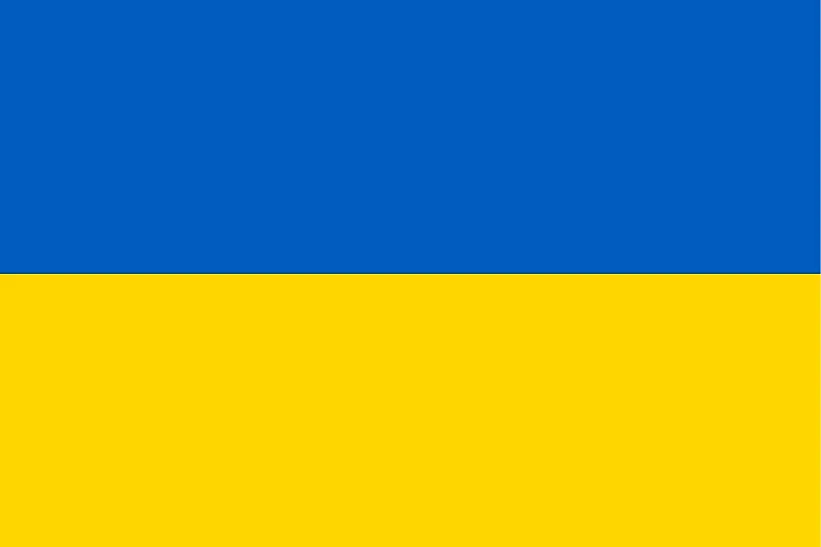
Ukraine
| Continent | Europe |
| Capital | Kiev |
| Population | 44,209,733 |
| GDP | $353.00 Billion |
| GDP per Capita | $8,200 |
| Dialing Code | +380 |
| ISO Code (2-letter) | UA |
| ISO Code (3-letter) | UKR |
Ukraine Landscapes






About Ukraine
Welcome to Ukraine, a nation of rich cultural heritage and vast agricultural lands. With approximately 44 million people across 603,550 square kilometers, Ukraine combines ancient traditions with modern aspirations, standing as one of Europe’s largest countries.
Geographic Features and Natural Beauty
Ukraine’s geography encompasses diverse landscapes from the Carpathian Mountains to the Black Sea coast. The country features vast fertile plains (steppes), dense forests, and Europe’s longest river system, the Dnieper.
The landscape includes temperate forests, rolling plains, and coastal regions. The country’s varied terrain creates diverse ecosystems supporting unique wildlife and plant species.
Protected areas include the Carpathian Biosphere Reserve and various national parks. The country’s commitment to conservation focuses on preserving its biodiversity while managing sustainable development.
Cultural Heritage and Traditions
Ukrainian culture represents a rich tapestry of Eastern European traditions. The country’s heritage includes distinctive architecture like Saint Sophia Cathedral, traditional arts like pysanky (Easter eggs), and rich musical traditions.
Traditional arts include embroidery, wood carving, and ceramics. Cultural practices feature traditional festivals, folk music including the bandura, and the preservation of ancient customs.
Ukrainian cuisine, celebrated globally, features dishes like borscht, varenyky (dumplings), and various grain-based foods. The tradition of hospitality and festive celebrations remains central to social life.
Historical Journey
Ukraine’s history spans from ancient civilizations through various empires to modern independence. The country was home to the medieval state of Kyivan Rus, considered the predecessor of Eastern Slavic cultures.
Significant periods include Kyivan Rus, Cossack Hetmanate, incorporation into Russian and Austrian empires, Soviet era, and independence in 1991. The country’s strategic position has influenced European history.
Modern Economic Landscape
Today’s Ukrainian economy focuses on agriculture, industry, and technology sectors. The country is known as Europe’s “breadbasket” due to its vast agricultural production.
Recent initiatives emphasize digital transformation, renewable energy development, and agricultural modernization. Ukraine’s educated workforce and natural resources support its economic potential.
International Relations and Global Position
Ukraine maintains active participation in European organizations while developing global partnerships. The country’s strategic location and agricultural capacity extend its international significance.
Did You Know?
• Ukraine is home to Chornobyl, site of the 1986 nuclear accident now becoming an ecological reserve?
• The country possesses about 25% of the world’s highly fertile black soil?
• The first constitution in Europe was written by Ukrainian Cossacks in 1710?
• Ukraine is home to some of Europe’s oldest and most beautiful churches?
Conclusion
Ukraine represents a unique combination of agricultural wealth and cultural depth. From its fertile plains to its historic cities, from its traditional arts to its technological innovations, Ukraine continues to evolve while preserving its cultural heritage. As it addresses contemporary challenges, Ukraine remains committed to progress while maintaining its position as a crucial bridge between East and West.